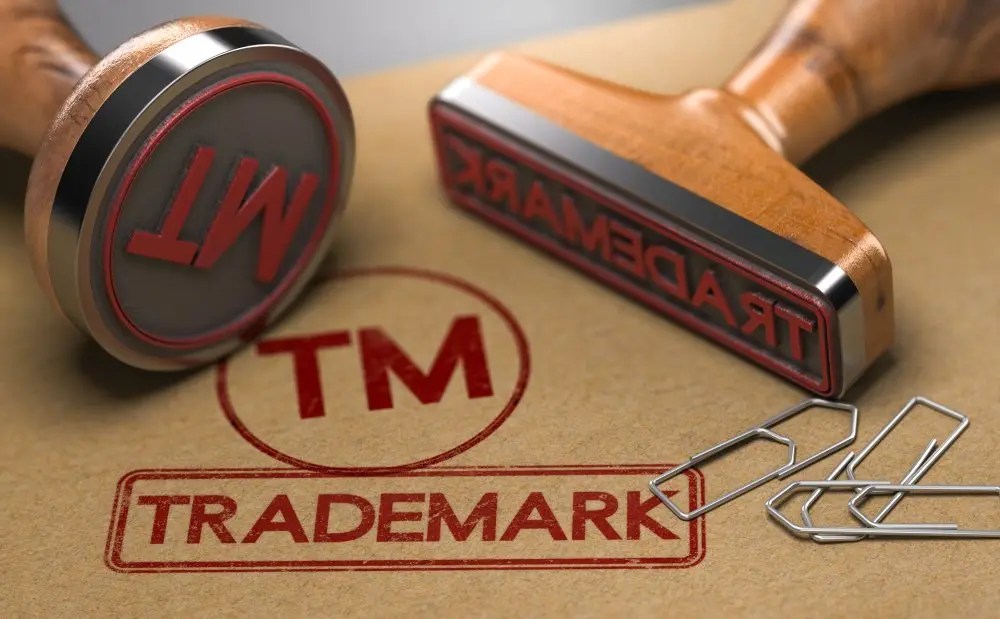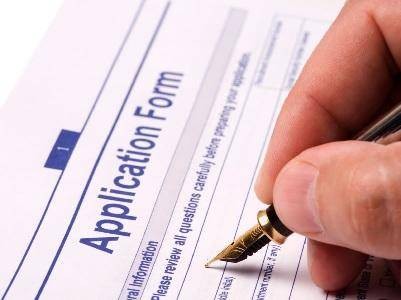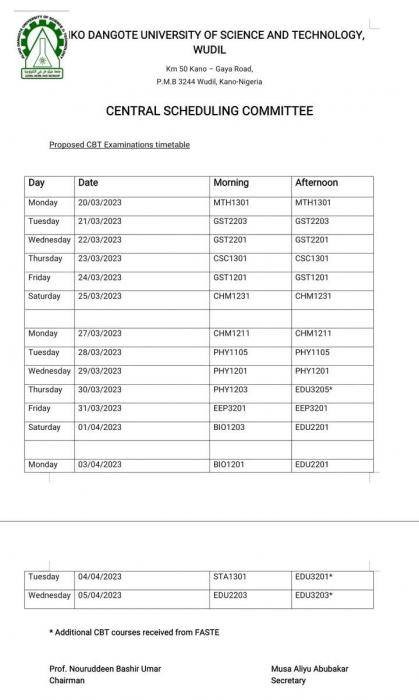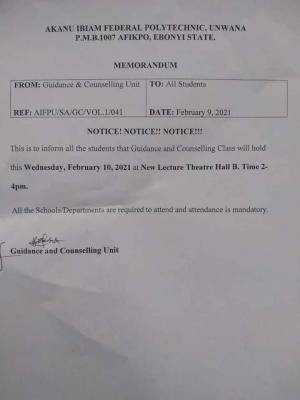
A trademark of your business is a sign, design, a word, or group of words that is registered with the government to identify your business as the sole entity with a legal right to use, sell, license, and claim ownership of it. A registered trademark popularly carries the sign ® or ™. Here we’ll talk about how to register a trademark in Nigeria for your business.
Important Facts on Trademark Registration in Nigeria
- The laws guiding trademark registration in Nigeria is known as the Trade Marks Act of 1990 Chapter 436.
- All trademark filing and registration is done by the Trademarks, Patents and Designs Registry, Commercial Law Department of the Federal Ministry of Industry.
- Only authorized agents in the form of individuals. or a company can register trademarks. Applicants must hire and pass through an authorized agent, who receives the power of attorney to represent you in registering your trademark.
Requirements for Trademark Registration in Nigeria
- Applicant’s details
- Trademark Information
- The full range of goods covered or proposed to be covered by the trademark.
- Power of Attorney/Authorization of Agent.
Procedure on How to Register a Trademark in Nigeria
The procedure for trademark registration can be summarized in the following stages:
1. Public Availability Check/Clearance Stage:
This stage is optional, but highly recommended. Your company’s local agent receives authorization to conduct a clearance search to determine if the proposed mark has not been previously filed for registration.
2. Application Filing Stage:
Your company’s local agent receives a power of attorney form, which allows the agent to address matters related to the trademark registration for the company.
- The agent files for trademark applications and register at the local Registry of Trademarks, Patents and Designs.
- Application number is generated online or manually by the Trademark Registry Portal. Online registration is highly recommended. Manual registration may take weeks.
Trademarks Registry conducts a search to verify the uniqueness of the registered mark. Trademarks Registry may accept or deny a company’s mark. If the company’s mark is found to be distinct in it’s features from previous registrations, the Registrar issues a notification of acceptance, which protects the mark against infringement.
3. Publication Stage:
This stage is precautionary to the registration of a trademark. Applications and marks are advertised in Trademark Journal. Following the advertisement is a statutory period of two months from the date of the publication within which oppositions can be filed against the registration of the trademark.
4. Certification Stage:
Oppositions received within the statutory period may be decided in favour of the applicant or it is withdrawn. If the decision is in favour of the applicant or there was no opposition filed within the statutory period, the local Attorney applies for the Certificate of Registration. Certificate of Registration bears the Registered Trademark number and the date of registration.
The Certificate of Registration will show that the registration is valid for an initial period of seven years and is renewable indefinitely for periods of fourteen years.
- Initial validity of Certificate of Registration is 7 years
- Renewable within 14 years
Trademarks Maintenance
Maintaining ownership of a Trademark requires much more than it took to register a trademark. The Trademarks, Patents And Designs Registry does not search the market for trademark infringements. The trademark owners must take responsibility for their respective trademarks, and prevent others from infringing on their trademark rights. Businesses that actively monitor and protect their marks, find and prosecute cases of infringement, will continue to benefit immensely from trademark rights. Businesses that fail to protect their trademarks can lose it more easily than they acquired it.
1. Avoid Delayed Registration and Not Using or Abandoning Your Trademark
There are two main ways businesses lose their trademarks: By abandoning efforts to protect it and through a long period of inactivity with respect to the mark.
According to the Trademarks Act, a registered trade mark may have the ownership of it retracted and removed from the register if one month before the date of the application, a continuous period of five years or longer had elapsed since the trade mark was registered, and during which there was no recognized use of the registered mark. Trademark owners should ensure the undelayed renewal of their portfolio by the trademark agents to protect marks from becoming vulnerable to poaching on the basis that they are not legally on the register.
While trademark use is not a requirement for registration or renewal of registration, it may become an essential element to protect a registered trademark in a cancellation proceedings on grounds of non-use. It’s worthy of note that if the mark is locally registered, but renewed and not up to date on the Trademarks Register, cancellation proceedings may be initiated to remove the mark and clear the way for the new applicant.
2. Right Enforcement
The ideal institution for settlement of trademark disputes is meant to be in the Federal High Court, but the majority of trademark intellectual property dispute issues in Nigeria do not exceed the IPO and Administrative Hearing Panel. This is because of the following:
- Court litigation may take less time if the dispute passed through The Patent and Trade Office as evidence i.e. Adduced and accepted at Patent and Trade Office proceedings. It may also serve as a guide in subsequent court litigation, and there may be no need for the deponent appearing in court.
- Cost of litigation Process: Disputes resolved at the level of Patent and Trade Office administrative hearings are cheaper than court litigation. PTO settles disputes in months or up to two years. If a trademark dispute proceeds to court. The court litigation process usually takes too much time and money in the appeal stage. Court litigation process can take within three years to ten years. If the disputes are unresolved at the high court, appeals may proceed to the Court of Appeal, and in rare cases in Nigeria, appeals may proceed to the Supreme Court.
- Take Precautionary Steps: The responsibility of the Trademark owners and the agents in the protection of trademark by taking precautions are as follows:
1. Intellectual Property Agent
Intellectual property lawyers play a huge role in protecting and helping to maintain Intellectual Property. Lawyers must have an effective and efficient system of docket records and know the system well enough to easily produce records on demand. It is not uncommon to have Intellectual Property lawyers or law firms that serve as agents to large numbers of trademarks to have compelling reasons to procure software applications to be more efficient with records.
2. Trademark Owners
- Trademark maintenance is not based on a one-time-fix-all process. Trademark owners must also take responsibility and be diligent to protect their trademark. It will be a huge failure on the owner’s part if the property lawyer keeps record but has no record to claim that the trademark was indeed not abandoned and in use. The property lawyer and owner must work together. All records that serve as evidence of transaction with the trademark and extensive use must be protected, this include evidence in advertisement, branding, sales, export as the case may be e.t.c .
- Trademark owners can also take precaution by making arrangements with informants at the ministry to catch infringements beforehand. This is a proactive measure. The Trademark Informant alerts the trademark owner to any attempt by third parties to register similar trademarks. Such conflicting trademarks are detected in the current Trademarks Journal and allows the trademark owner to oppose the conflicting trademark before the 2 months statutory period for opposition is over and the conflicting trademark proceeds to registration.
How to make Good TradeMark
Creating a trademark that doesn’t easily get into a lot of conflict can save property owners a lot of trouble. You don’t want your registration repeatedly denied and rejected. There are a few recommendations even though there are no distinct set of rules to achieve this. Remember that the goal is to select a trademark that is unique, distinct and memorable.
Compulsory Rules In Registering a TradeMark
1. Don’t Try to Monopolize with your Trademark
Trademarks that describe the nature or quality of the goods or services sold with the mark are not permitted to be registered. Hence, the mark “Ice Cold Soda” for use with a Carbonated company is rejected. This is because it describes the actual product being sold and the implication is that everyone else is stopped from using the words “ice ” ”cold” ”Soda” for carbonated drinks.
2. Don’t Confuse with your Trademark
A trademark that can be confused with an existing one cannot be registered. For example, the mark “Shine-Star cannot be registered if the trademark “Shine Star” has already been registered for a similar type of product.
3. Avoid Generic Words
Avoid generic words that include “Stock, Superior, China, Embroidery, luxury, Silver, Currency.” These words may be accepted but can prevent you from standing out.
4. Avoid Acronyms
Acronym based trademarks are not memorable. Although there are a few big brands with acronyms, acronyms are intrinsically difficult to remember, and can easily be confused. Compare “CBT Holdings” with “Stanbic Holdings”.
5. Describe an Experience
Use a trademark name that reflects an experience or an action, especially one that can easily relate to your product or service. Common examples are Trybe or Upendi.
6. Invent Words
Invented words are words that do not exist in any language, apart from your trademark. Invented words are a good choice as trademarks because they are not descriptive and thus stand out.
7. Animal or Plant Attribute Names
If animal or plant attributes are used appropriately, they can convey a good image while still being distinct. Firefox, Apple Computers, Tiger Direct , and Cheetah Lines examples.
This article described how to register a trademark in Nigeria. Now you know that your trademark can become the most important asset your business owns, so it’s important to put into practice the described process guidelines for creating your trademark and the best practices for maintaining it. Also we have described how to generate a good trademark that makes infringement rare, and put you at advantage if any court case arises on infringement.



